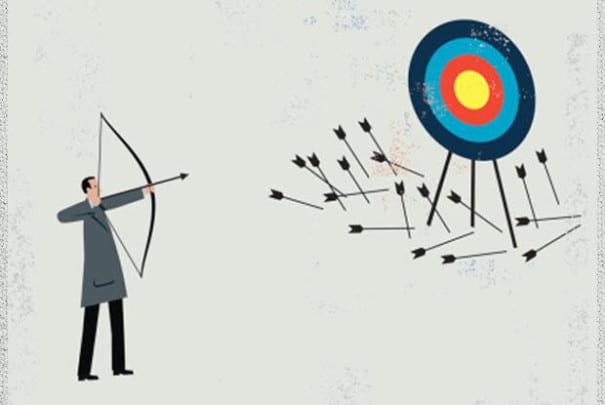Facebook Twitter (X) Instagram Somali Magazine - People's Magazine
Many new traders jump into the markets with excitement, but most end up quitting within two years (CME Group, 2023). It’s not because they don’t know what a candlestick is—it’s because they never learn the things that really matter: managing risk, controlling emotions, and sticking to a plan.
If you want to trade successfully, you need a smart, steady start. Here’s how to do it right.
1. Learn to Control Your Emotions
Your biggest challenge in trading won’t be the market—it’ll be your own reactions.
Losses are part of the game. But how you handle them matters. Revenge trading, overtrading after a win, or making impulsive decisions can destroy your account. Start tracking your emotions. Keep a trading journal and write down each trade: why you entered, how you felt, and what the result was. You’ll spot habits that hurt your performance.
Discipline separates pros from amateurs. If you can’t stay calm and focused with $500, more money won’t fix that.
2. Focus on Clean and Consistent Execution
Even with a great strategy, poor execution can ruin your trades. This means getting in at the right time—not too early or too late—setting proper stop-losses and take-profits, and avoiding sloppy entries.
Trade during active hours like the London–New York overlap. Markets move cleanly then. Avoid low-volume times that often lead to choppy price action. Be patient—think like a sniper, not a machine gunner.
3. Backtest and Demo Test Before Going Live
Before risking real money, make sure your strategy works. Start by manually backtesting at least 100 trades. Track your win rate, risk-reward ratio, and how often trades occur. Then, forward test the same setup on a demo account for 1–2 months.
This gives you confidence in your system and trains your eye to spot setups in real time.
4. Understand the Market Structure and Price Action
Don’t rely too much on indicators. Start by learning how price behaves in different conditions. Is it trending? Ranging? Where are the key support and resistance levels?
Watch how price reacts at certain levels. Does it reject strongly or slowly break through? This tells you more than any indicator ever will.
Spend time studying one asset—say, EUR/USD—during different sessions (Asia, London, New York) and during news events. The more you observe, the better you understand the rhythm of the market.
5. Manage Your Risk First—Always
Risk management should be your first lesson in trading. A good strategy with poor risk management will still lead to big losses.
Stick to risking only 1–2% of your account per trade. If you have $1,000, that means $10–$20 risk per trade. This keeps you alive long enough to learn.
Also, understand your personal limit for losses, called drawdown. If your system loses 10%, and you panic at 5%, you’ll abandon a potentially good strategy too soon.
6. Master One Strategy Before Exploring Others
With so many tools available—like RSI, moving averages, Fibonacci—it’s easy to get overwhelmed. Pick one strategy that fits your style and go deep with it.
Let’s say you use a moving average trend-following method. Test it on past data. See how it performs. Stick with it long enough to gather stats and truly understand how it works.
Many new traders fail because they jump from strategy to strategy. Pros stick to one method and improve it like a business improving a product.
7. Keep a Trading Journal and Track Everything
If you’re not tracking your trades, you’re guessing. Keep a simple log: your entry, stop-loss, exit, setup screenshot, and any emotional notes. Review it weekly.
Maybe you notice you perform better on certain days, or that your mistakes come after three trades in a row. This kind of insight can improve your results fast.
Use tools like Google Sheets or apps like MyFxBook or Edgewonk to help with this.
8. Be Aware of News and Market Events
Even if you trade mostly with charts, ignoring economic news can be dangerous. Releases like interest rate decisions, CPI data, or job reports can cause major price moves.
Use websites like Forex Factory to stay updated on upcoming events. Know when key announcements are scheduled—especially if you’re trading major pairs like GBP/USD or USD/JPY.
Understanding the bigger picture helps you avoid unnecessary risk and stay in tune with market sentiment.
Final Thoughts
Trading success isn’t about finding secrets—it’s about mastering the basics. Start with strong risk management, one proven strategy, emotional control, and detailed tracking. Take it slow, stay disciplined, and let your growth come from data—not luck.

